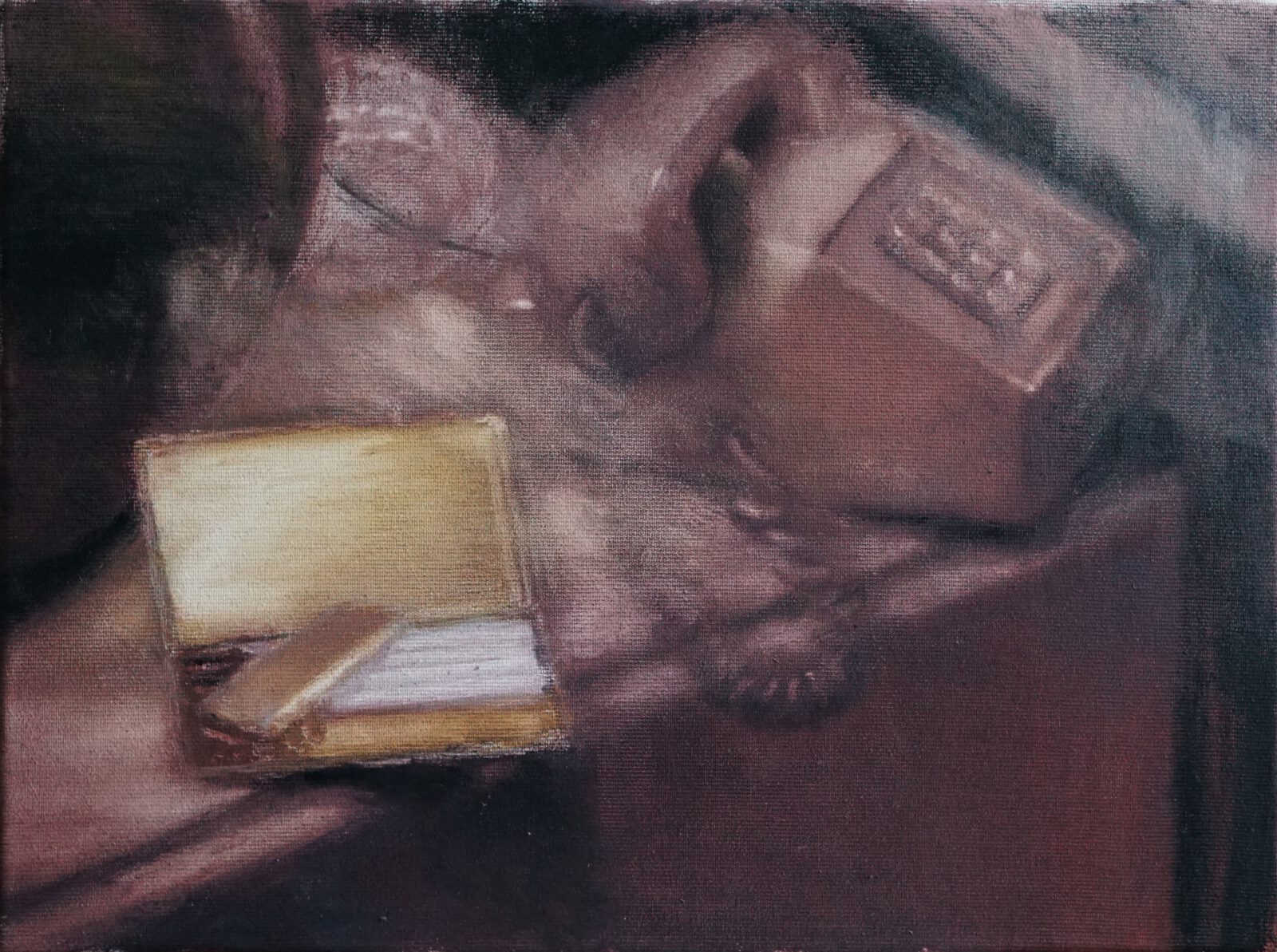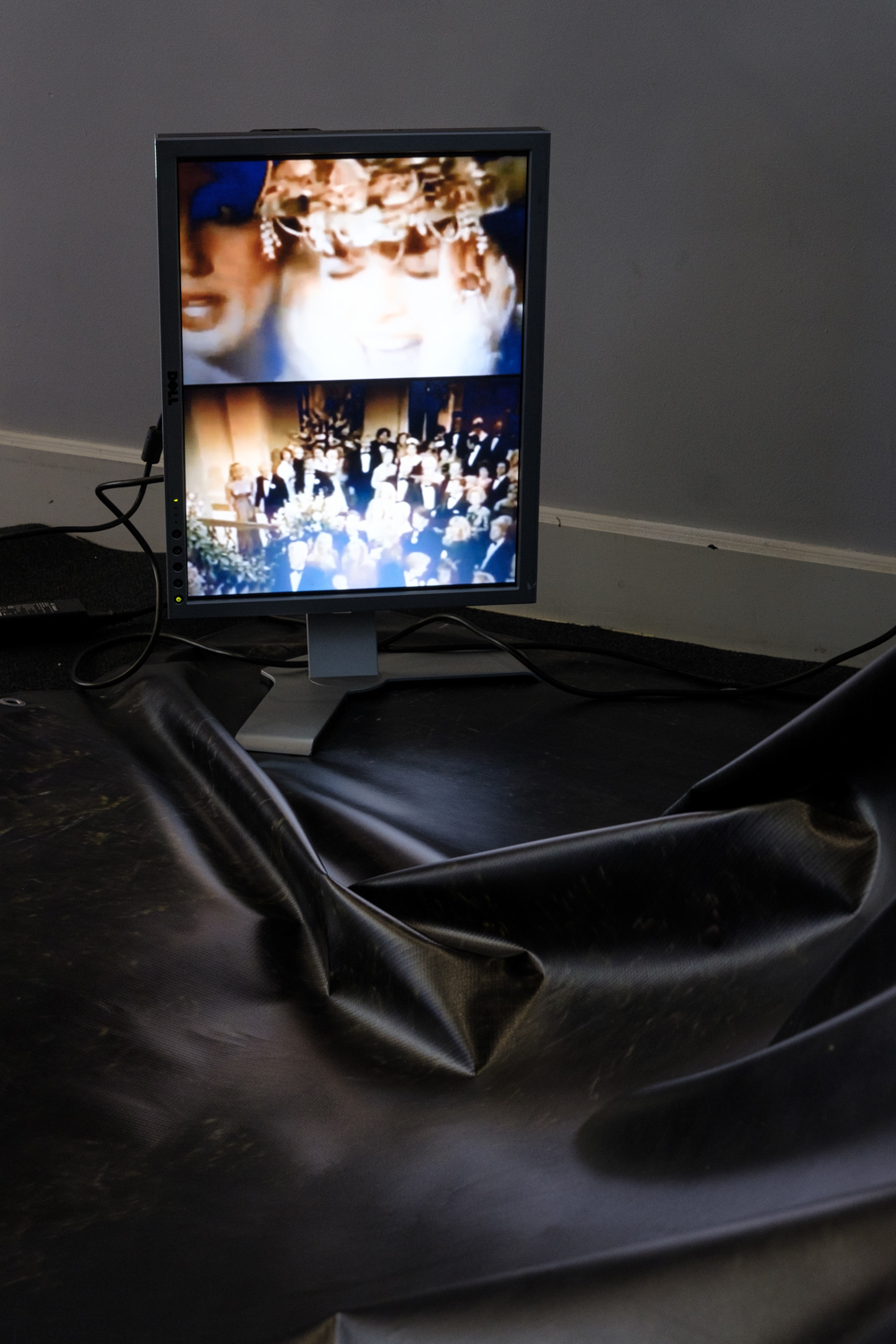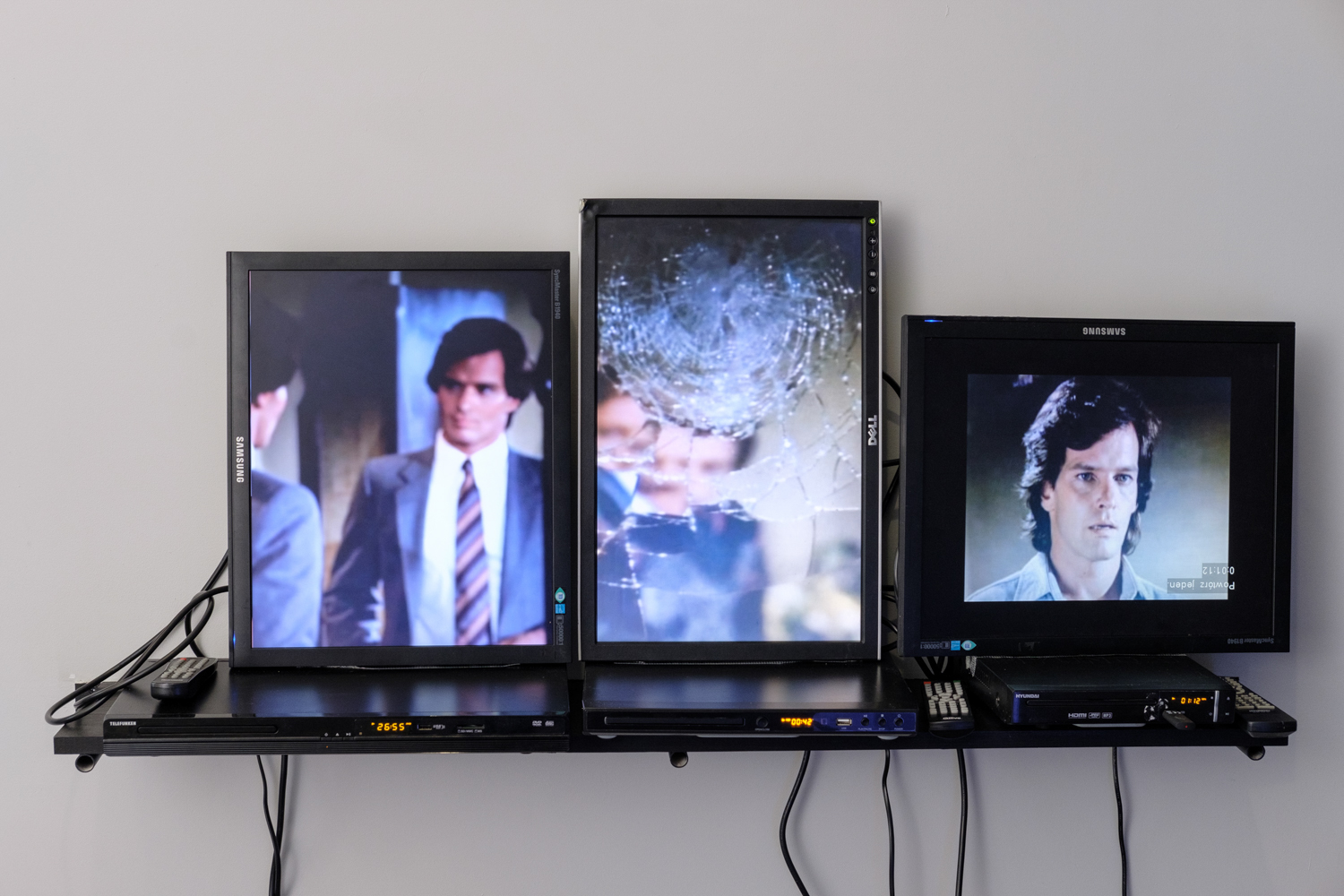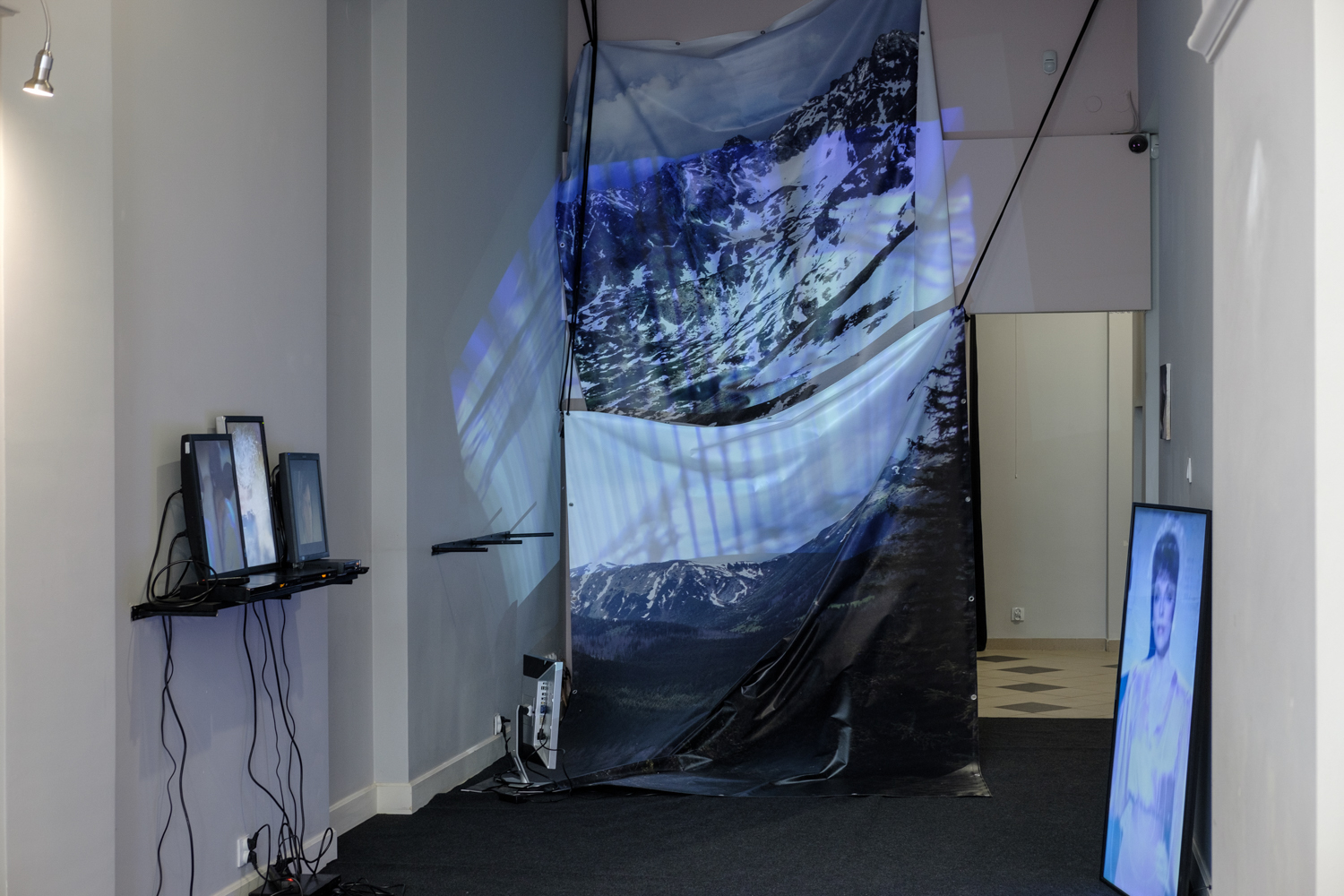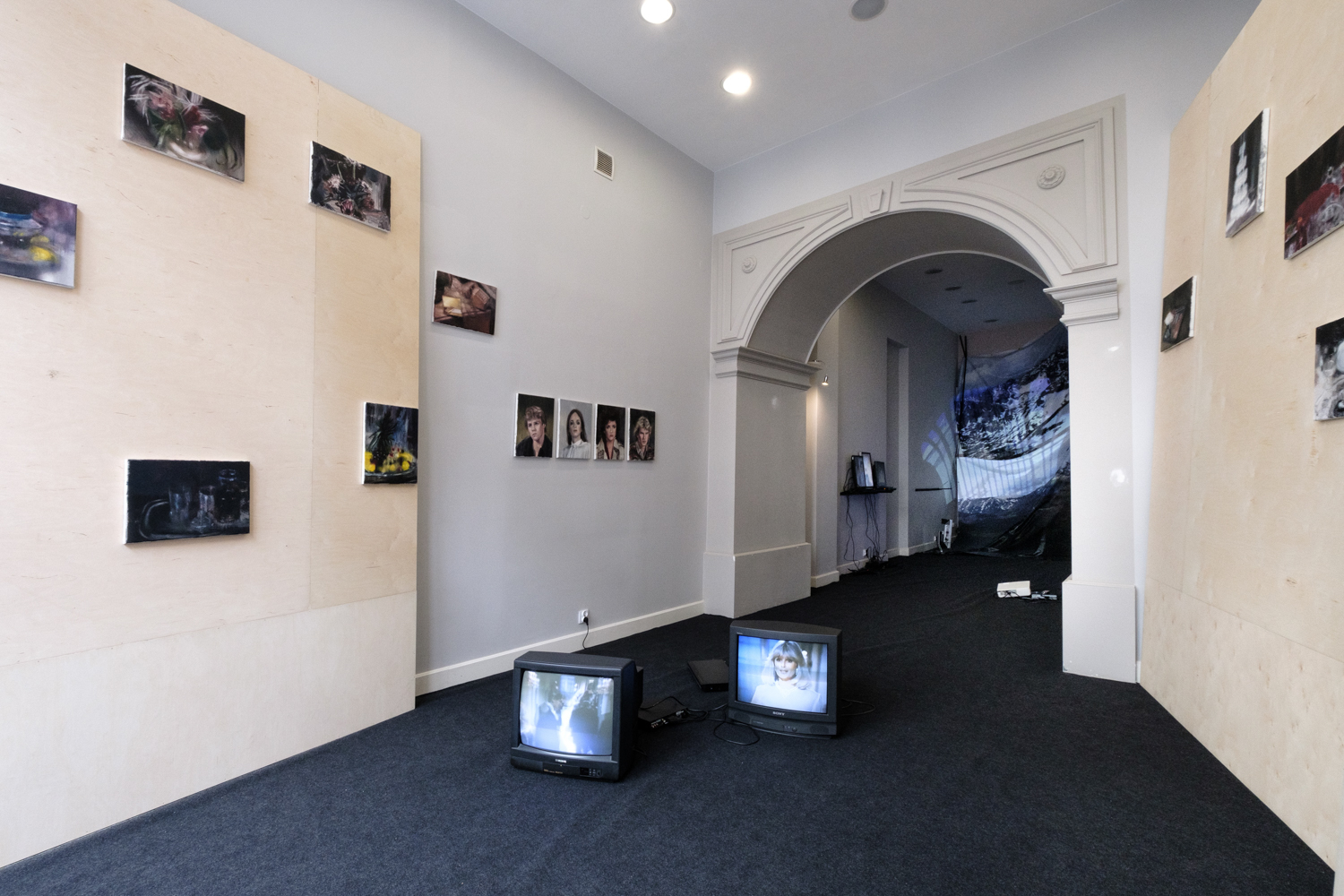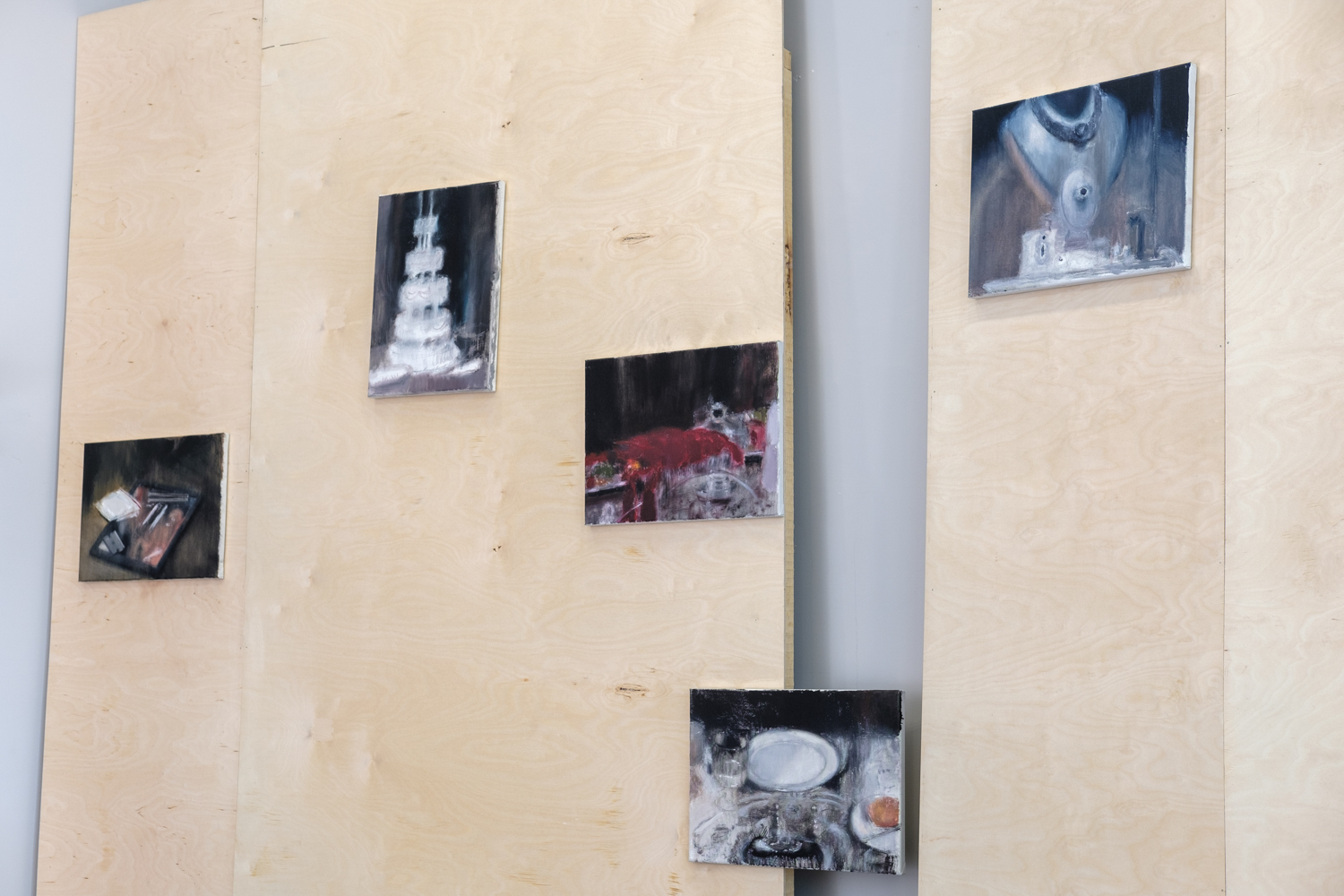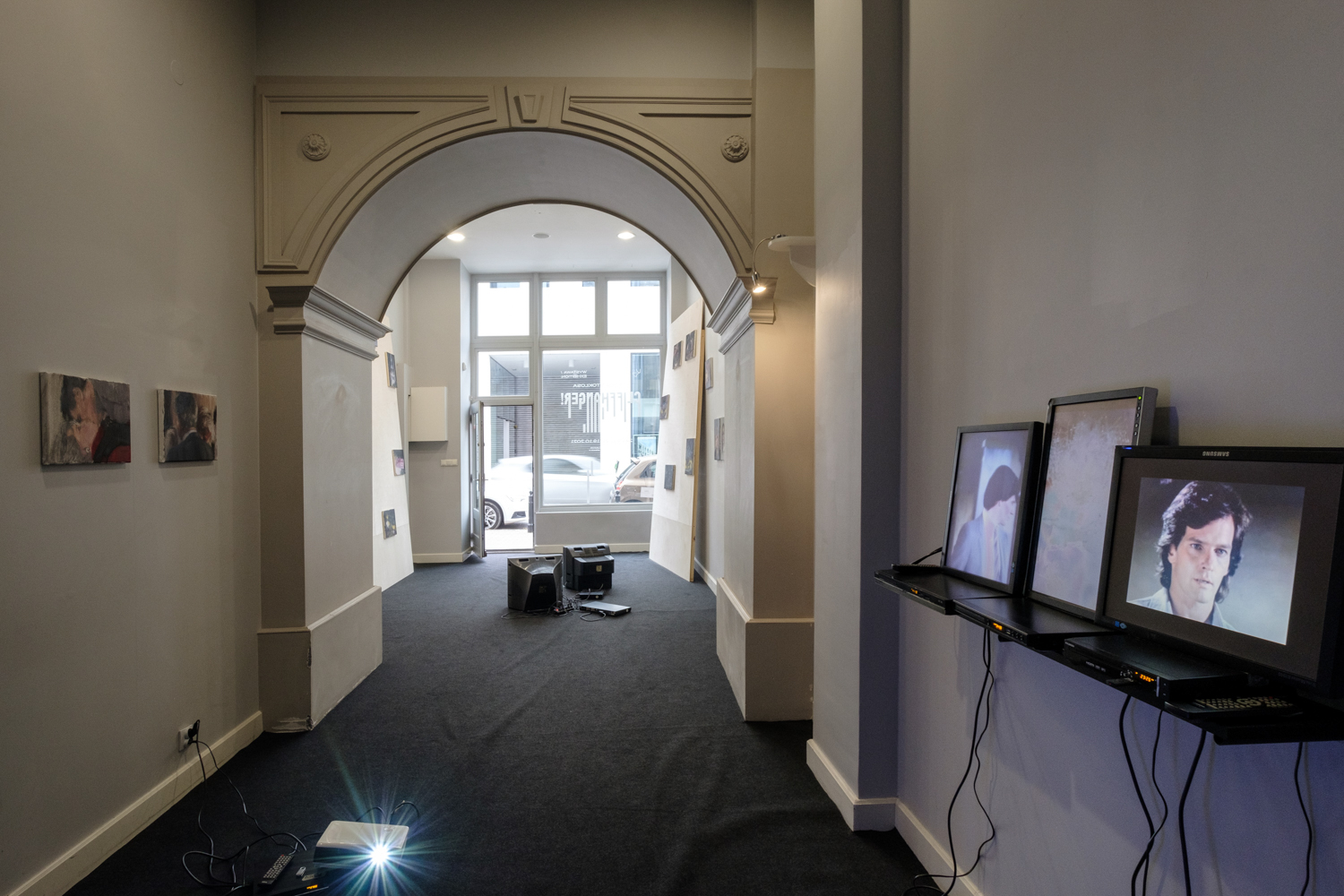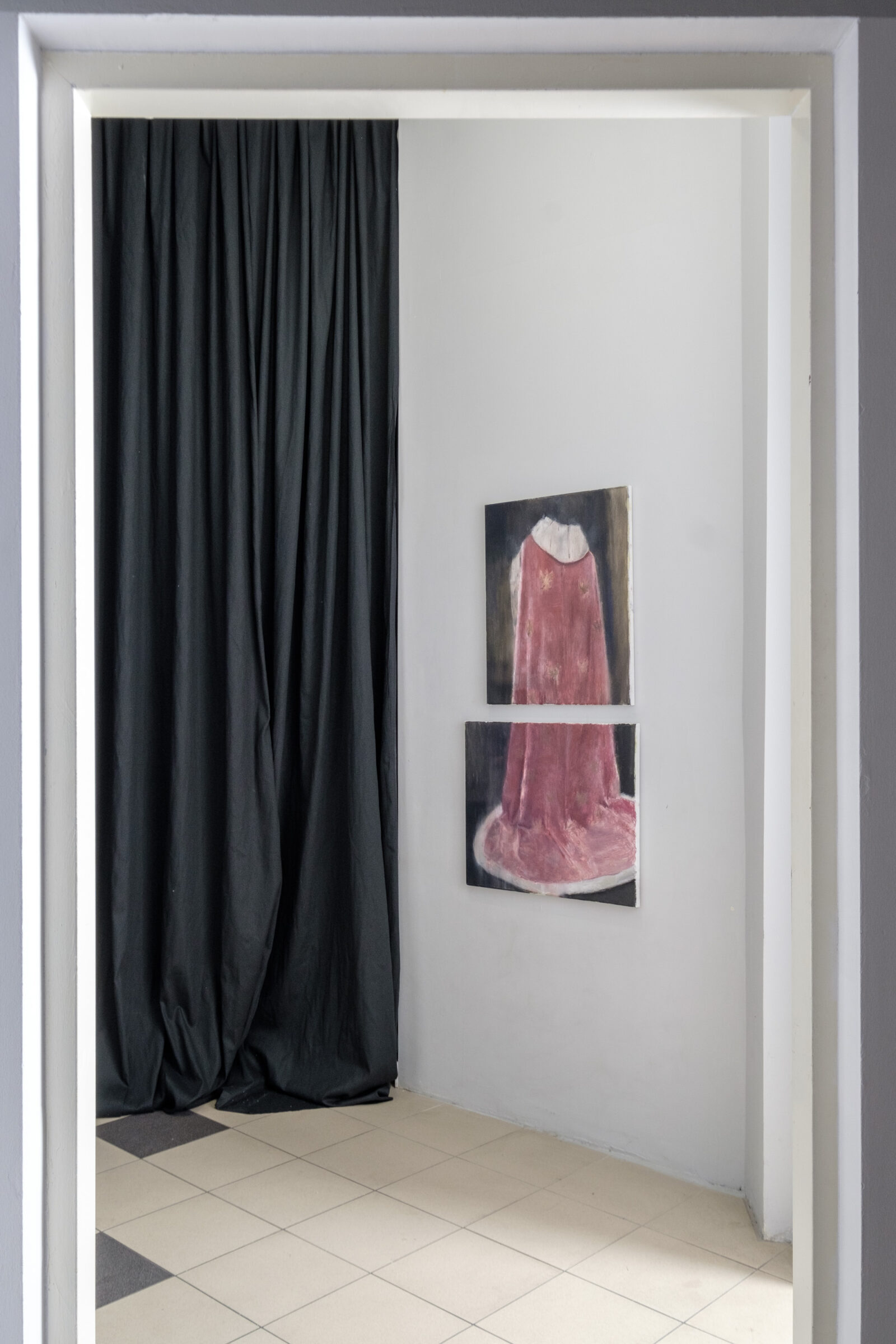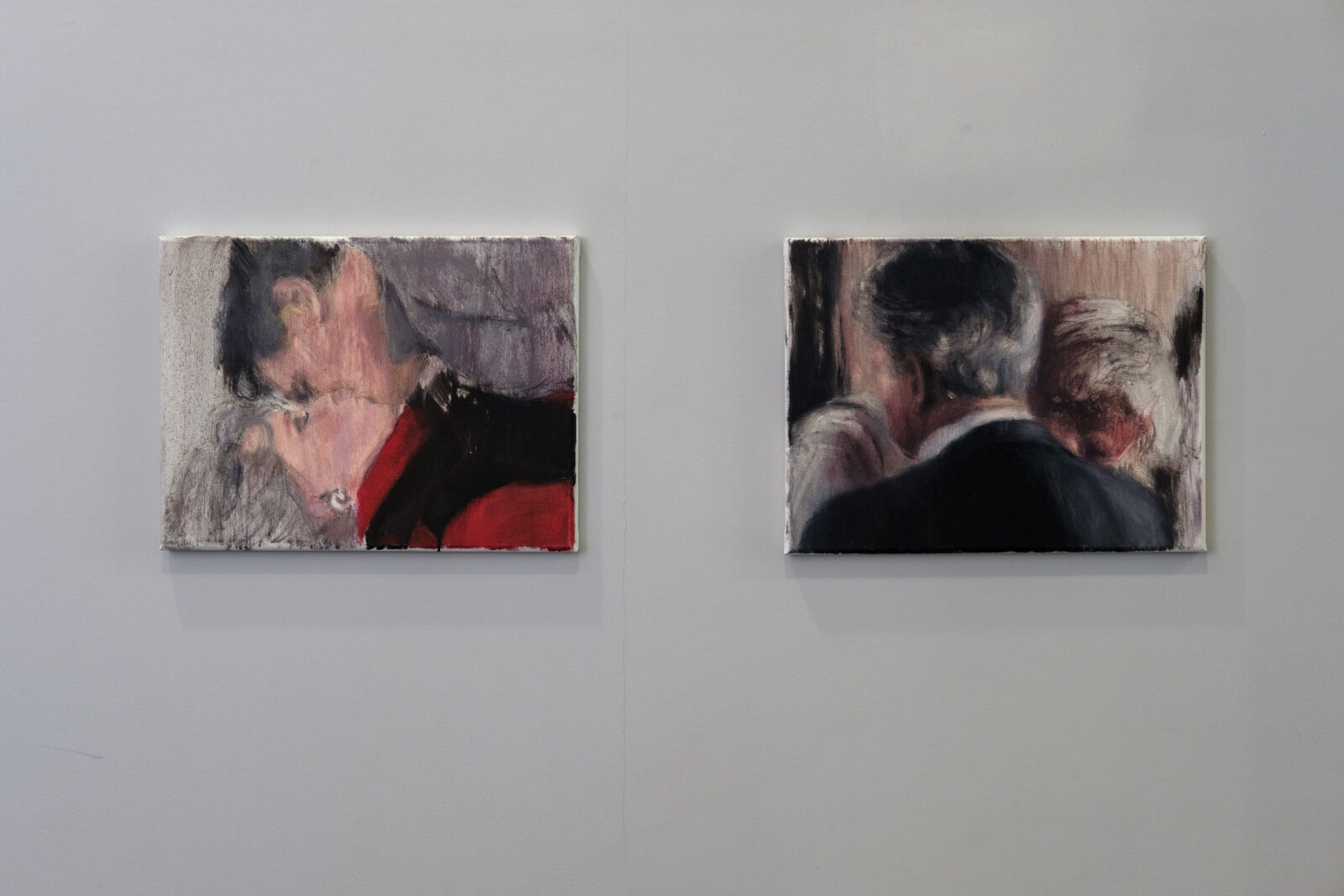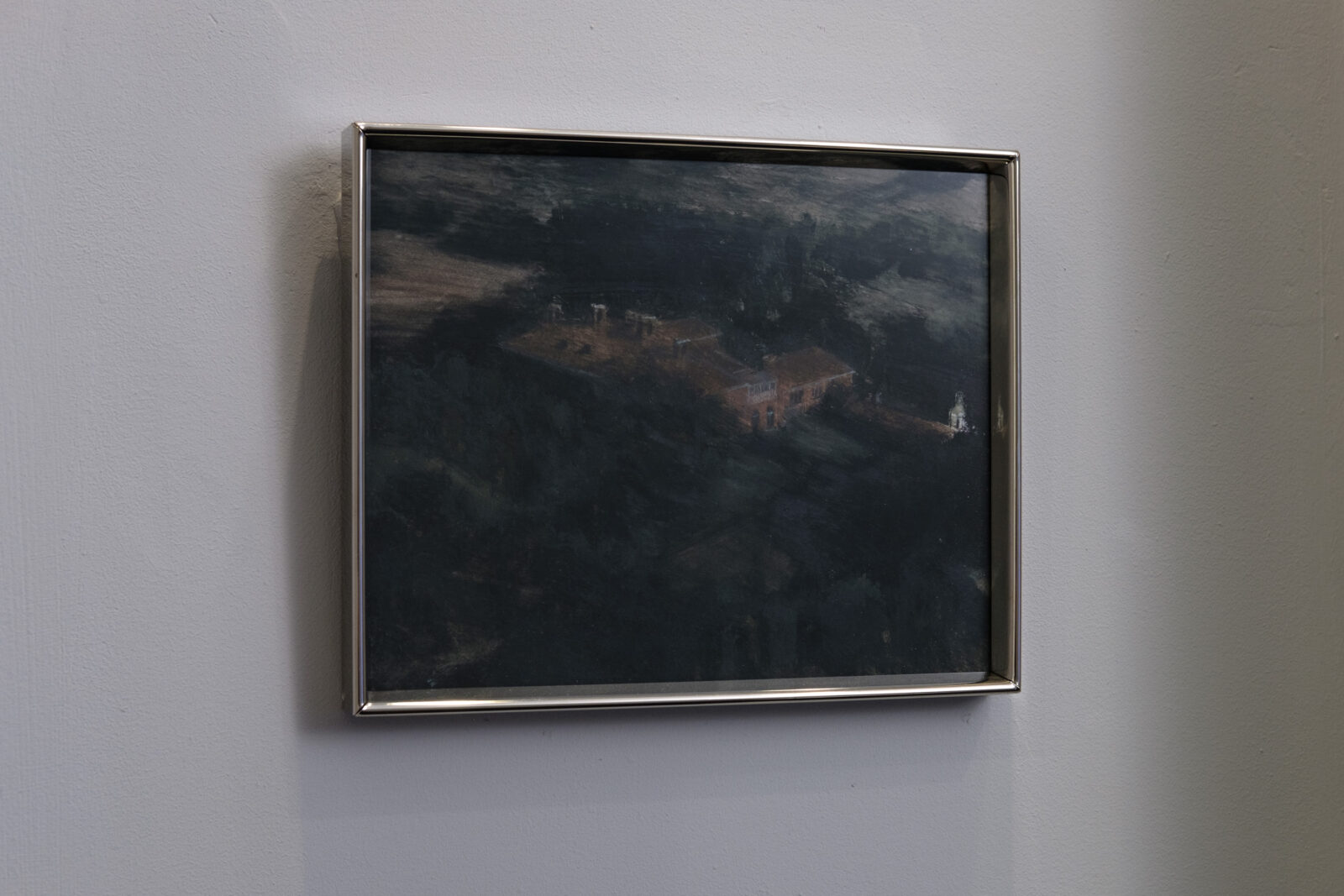In the TV jargon, “cliffhanger” describes a narrative device that consists in ending an episode (or the whole season) of a TV series at the most intense proliferation of ultra-dramatic plots. In this way, the series gets suspended at a metaphorical cliff, aiming to generate among the audience a mix of curiosity and frustration that will coerce them to watching on. Effective and campy cliffhangers largely contributed to the massive popularity of Dynasty, a TV show produced throughout the 1980s in the US. Its cliffhangers played a role akin to sentence punctuation, informing the rhythm and pace of the storytelling. In such episode endings, the characters are often on the verge of tragic death, falling or being pushed down sets of stairs and off the balconies ill-secured by wobbly railing. Some succumb to car and horse accidents, always plagued by hefty showers and thunderous storms. Others get trapped in a building that a masked avenger sets fire to, or they fall victim to a mass shooting, instigated by political rebels, during a church-wedding ceremony. Characters once considered dead return to the living, towards whom they ache with murderous desire, and each incidental encounter turns out to be, sooner or later, a heavily plotted situation with a double, if not triple, entendre.
Dynasty was a massive pop-cultural phenomenon, also in Poland. The series, broadcast on public TV in the early-1990s, i.e. during the tumultous systemic transformation, oozed with the mirage of neoliberal opulence and success. Its protagonists, centered around two oil mogul families – the Carringtons and the Colbys – lived exuberantly wealthy lives: they wandered, from room to room, in luxurious interios, gobbled on caviar, and flew private planes whenever and wherever they found fit. At the same time, their lives were filled with an endless stream of shenanigans and trouble, which, week by week, forced them to face the forces threatening their wealth and lives (usually in that order). Łukasz Stokłosa’s multi-medial exhibition is a nostalgic-hauntologic afterimage of the luxurious world of Dynasty. Some of the works are video installations that loop short fragments of the selected cliffhangers and are scored by a cacophony of heavily compressed sound samples of the series’ original soundtrack. The glitchy aesthetics of these works may evoke an experience of watching Dynasty at a CRT TV set, with its characteristic pale-blue sheen and technological glitches. A similarly elliptic strategy of referencing the storylines of the series also characterizes most of the paintings, which present objects, such as tableware or set design elements, sometimes sharp, at other times, like in a dreamy recollection, blurry and pouring with bright stains over a murky background. Their causal relation with Dynasty’s specific plots and their chronology is veiled and uncertain, as if distilled out of the dramatic tension that underlies cliffhangers. These paintings are counterpointed by a few portraits referencing the production backstories that used the replacements of actors and actresses as a fuel to concocting implausible plots. Stokłosa’s exhibition gestures towards what, in the “here and now,” remains of Dynasty, together with its exciting and violent narrative malaise, coloring the images of opulence from the era when the promise of a bright capitalist was still treated with seriousness




